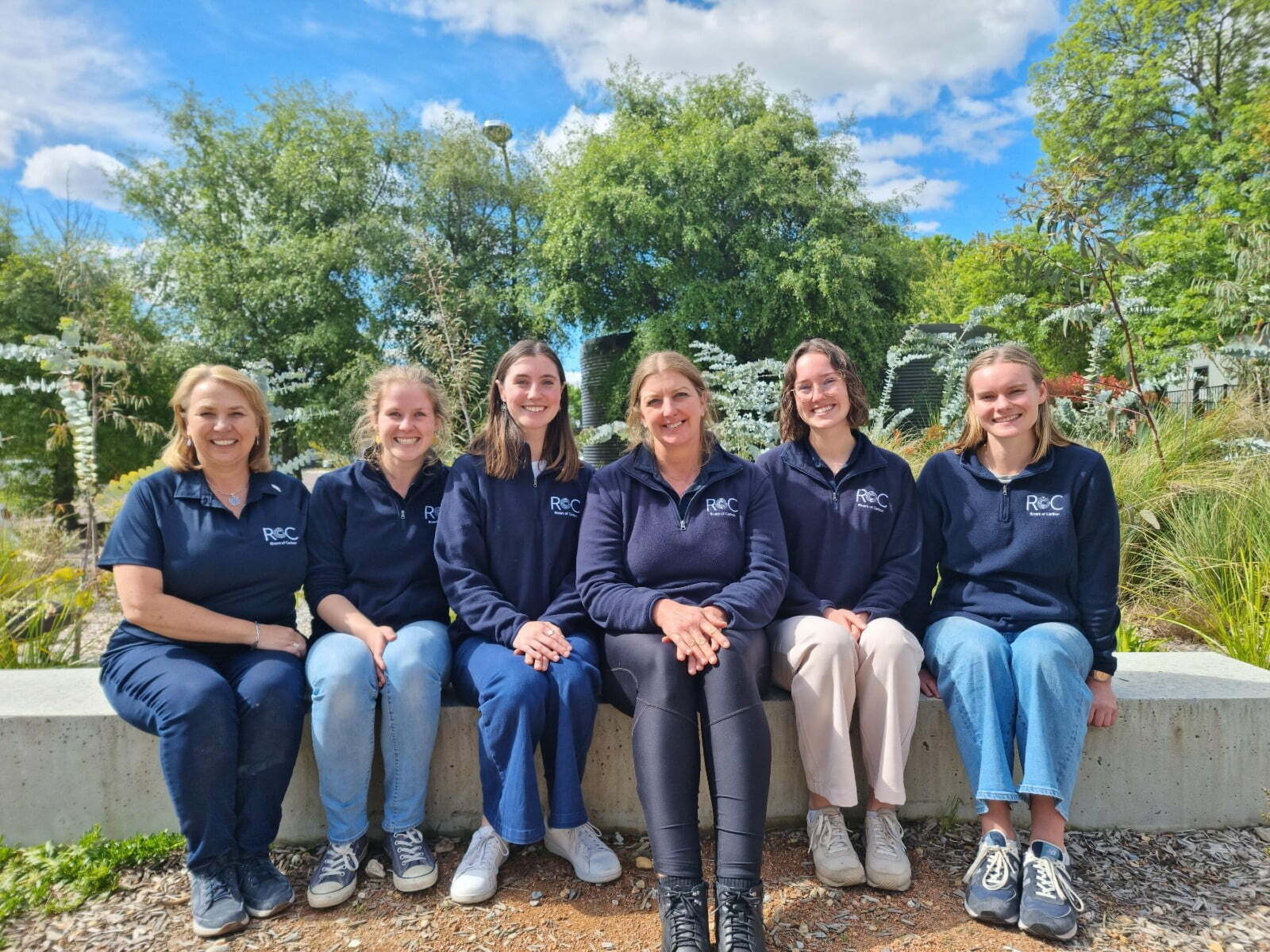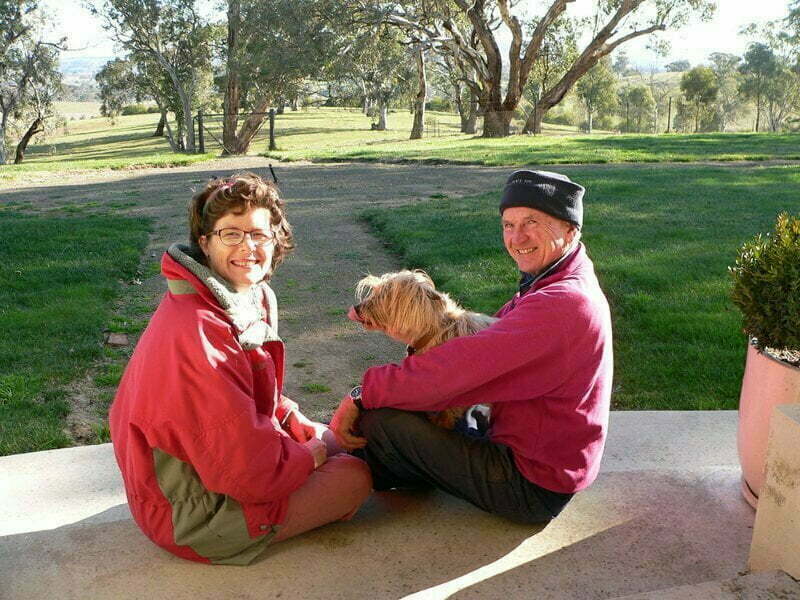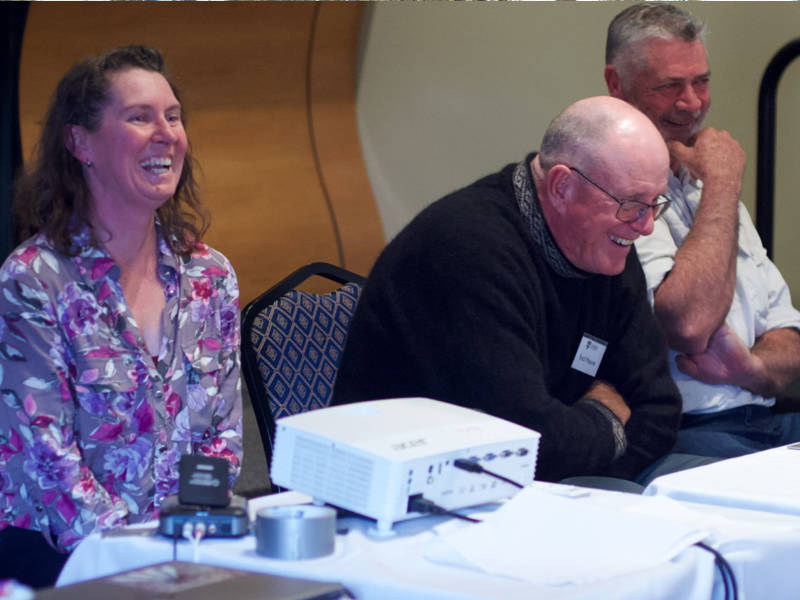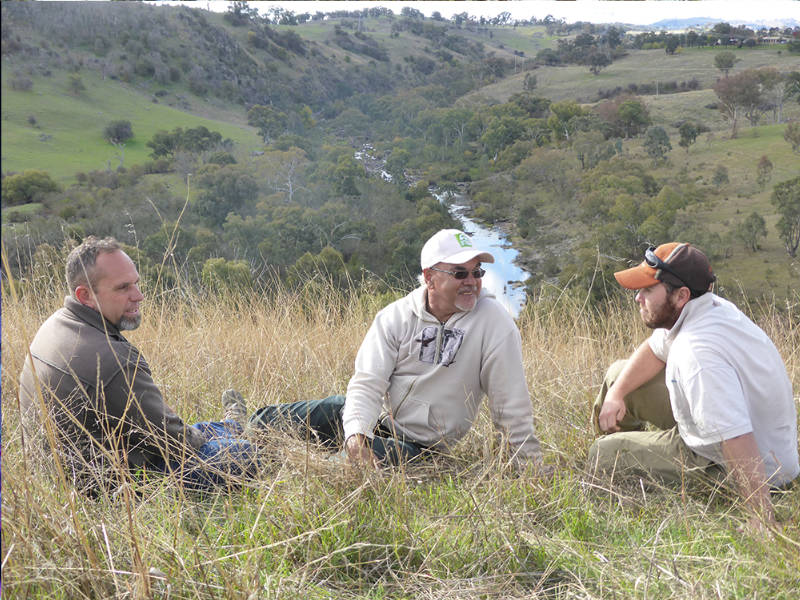Why ‘rivers of carbon?’
At the very start it is important to understand what we mean when we talk about ‘Rivers of Carbon’. The living world around us, on the land and in the water, is based on carbon. Carbon is one of the most abundant elements in the universe and is an essential part of us and our environment – we need carbon to survive. Carbon found in something living is called organic carbon. The organic carbon in living organisms comes from carbon dioxide (CO2) in the atmosphere.
 We pay our respects to the traditional Aboriginal Peoples of this country, and acknowledge Aboriginal Peoples, past, present and emerging, as the original natural resources managers of this land.
We pay our respects to the traditional Aboriginal Peoples of this country, and acknowledge Aboriginal Peoples, past, present and emerging, as the original natural resources managers of this land.
Image: River Dreaming image. Artist: Richie Allen (Ngunnawal/Kamilaroi), Traditional Aboriginal Owners Corporation.

Our people
Our passionate team of Environmental Scientists, Science Communicators, and Ecologists combine rigorous technical knowledge with a wealth of experience. This allows us to work effectively with landholders and their properties to achieve the best environmental outcome.

Our approach
The Rivers of Carbon (RoC) 7-step approach helps bring together biophysical, social and cultural knowledge for long-term waterway sustainability. We work alongside landholders and their communities to protect and restore waterways for long-term sustainability through integrated strategies.
People power
Every Rivers of Carbon team members believes that all people are knowledgeable and as such, we place the seven steps outlined above within a broader Rivers Management Framework called the Five Ps. The Five P’s stand for Profit, Proof, People, Place and Promise and ensure that as we work through the seven steps outlined above, we do so within the broader context of people’s lives, livelihoods and lifestyles.

Aboriginal knowledge and connections
Aboriginal communities have a spiritual and customary living relationship with water in all its forms, through creation stories, use of water as a resource, and knowledge about sharing and conserving water. Aboriginal people have a holistic view to land, water and culture and see them as one, not in isolation of each other. At Rivers of Carbon we try to develop strong and meaningful relationships with Aboriginal people so that we can share our knowledge, combine our strengths, and together, care for the land and water that sustains us.

Monitoring, evaluation and learning
Monitoring, evaluation and learning (MEL) is an integral component of our Rivers of Carbon initiative. It is often said that ‘you cannot manage it if you cannot measure it’, and it is certainly difficult to be confident that management is effective if there is no supporting evidence. As well as helping to show whether management is achieving its objectives, MEL also provides a basis for adaptive management and continued improvement, and can assist in identifying priorities when we have to choose where to put our resources.

What landholders and scientists say
Sign up to the RoC email newsletter
You’ll receive emails about every 3 months packed full of updates on Rivers of Carbon projects, events and other news.